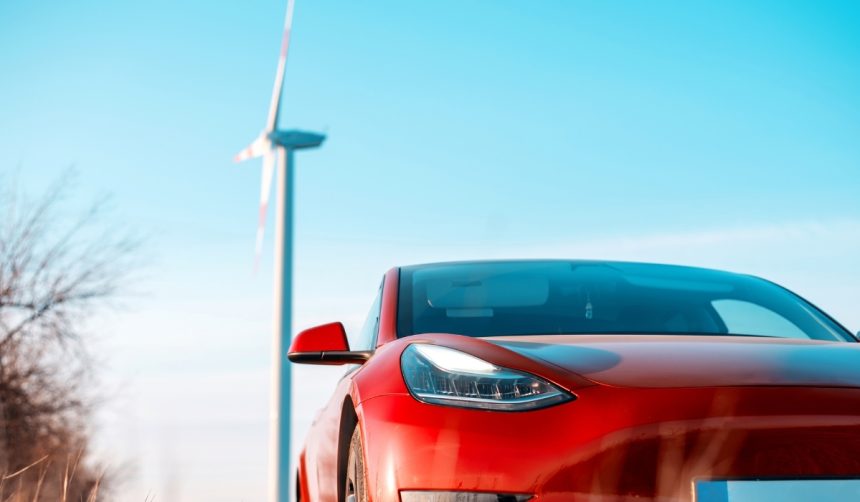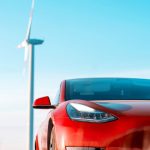Tesla owners are finding new channels to share their concerns and receive direct attention from CEO Elon Musk, especially through the X platform. The latest events highlight Musk’s involvement in individual customer service problems, suggesting a unique approach among top automotive executives. Unlike most companies, Tesla’s leadership has demonstrated an unusual willingness to interact at the customer level. This renewed commitment arrives as the company faces persistent critiques regarding service delays and communication gaps.
Other reports from earlier years had shown Tesla customers turning to assorted online forums or local service centers when unresolved by standard procedures. While Musk’s occasional responses on social media made news in the past, practical outcomes were less frequently reported. Now, the process appears to be more streamlined and effective, and additional strategies are being implemented to address systemic service weaknesses alongside personal intervention. The scale and consistency of executive engagement remain under close scrutiny by industry analysts, who also point out increasing investment in physical service infrastructure.
How Did Musk Intervene in Recent Complaints?
Direct intervention from Musk recently resolved two high-profile cases. In the first, a customer facing a $30,000 battery recall charge for a Model S had Musk publicly acknowledge the discrepancy. The CEO stated,
“I will personally investigate this matter.”
The car was swiftly repaired at no cost, adhering to recall policies, and returned to the customer within a day.
What Approaches Is Tesla Introducing for Communication?
Tesla also adopted new strategies to mitigate service communication issues. These efforts focus on more efficient coordination between customers and service teams, aiming to minimize delays and unclear processes. Complaints lodged via X are receiving notably fast attention, with Musk’s team now intervening in complex cases. This responsiveness marks a significant departure from more bureaucratic industry norms.
Can Tesla Sustain This Direct Response Model?
Concerns regarding scalability and consistency continue. As Tesla’s customer base grows, maintaining a personal approach may not be practical. Even so, Musk’s public statements reinforce commitment:
“Tesla service will take care of your car and we will find out why this happened and fix it.”
Analysts are watching how the company balances high-touch responses with expansion of its service center infrastructure and technical support.
The willingness of Tesla’s CEO to engage with individual cases distinguishes the company from large competitors, but it also highlights ongoing customer dissatisfaction with service accessibility and logistics. Expansion of service centers signals a two-pronged strategy: immediate, high-profile intervention alongside longer-term improvements in networked support. For customers, escalation via social media provides recourse when traditional channels do not deliver satisfactory results, but it is not a guaranteed solution for everyone. Industry observers note that sustainable customer satisfaction will ultimately depend on systemic upgrades rather than exceptional interventions from executives. As Tesla continues this approach, monitoring its effects on loyalty and retention will offer insight into the efficiencies and limitations of combining personal leadership with broad operational change.
- Tesla owners are experiencing direct service intervention from Elon Musk.
- Recent cases focus on battery recalls and unexplained vehicle drain.
- The sustainability of this model raises questions amid Tesla’s growth.










